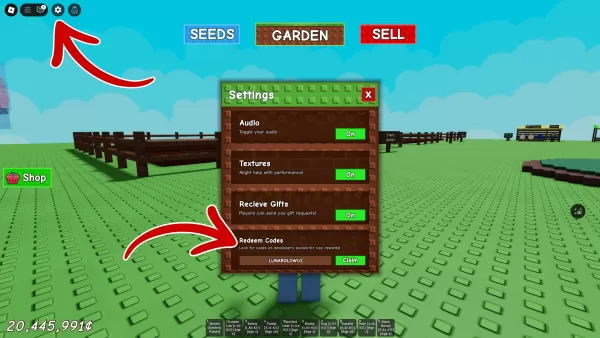Sony has recently filed a new patent, WO2025010132, titled "TIMED INPUT/ACTION RELEASE," which aims to reduce latency in future gaming hardware. This innovative approach involves using an AI model combined with additional sensors to predict and streamline user inputs. The patent was first spotted by Tech4gamers and could potentially revolutionize the gaming experience on PlayStation consoles.
With the introduction of PlayStation Spectral Super Resolution (PSSR) on the PlayStation 5 Pro, Sony has already shown its commitment to enhancing visual quality by upscaling smaller resolutions to 4K. However, newer graphics technologies like frame generation can introduce additional latency, which may make games feel less responsive. This is a challenge that GPU manufacturers like AMD and Nvidia have been tackling with solutions such as Radeon Anti-Lag and Nvidia Reflex. Now, Sony appears to be developing its own method to address this issue.

The patent outlines a system that predicts what button a player will press next using a machine-learning AI model. This model works in conjunction with an external sensor, such as a camera focused on the controller, to anticipate the user's next move. Sony's filing explains that "there can be latency between the user's input action and the system's subsequent processing and execution of the command," which can lead to delayed execution and unintended consequences in gameplay.
The proposed solution includes using camera input as an input to the machine learning model, which can indicate the user's intended command. Another potential use involves integrating sensors directly into the controller buttons, leveraging Sony's past experience with analog buttons for a next-generation controller.
While the exact implementation of this technology in future hardware like the PlayStation 6 remains uncertain, the patent clearly demonstrates Sony's interest in reducing latency without compromising responsiveness. This is particularly important with the rise of rendering technologies like FSR 3 and DLSS 3, which can add frame latency. Such advancements could significantly benefit genres like twitch shooters, where high framerates and low latency are crucial for competitive play.
Whether this patent will be utilized in future Sony hardware is yet to be seen, but it represents a promising step towards enhancing the gaming experience by minimizing latency and improving responsiveness.

 Latest Downloads
Latest Downloads
 Downlaod
Downlaod




 Top News
Top News








